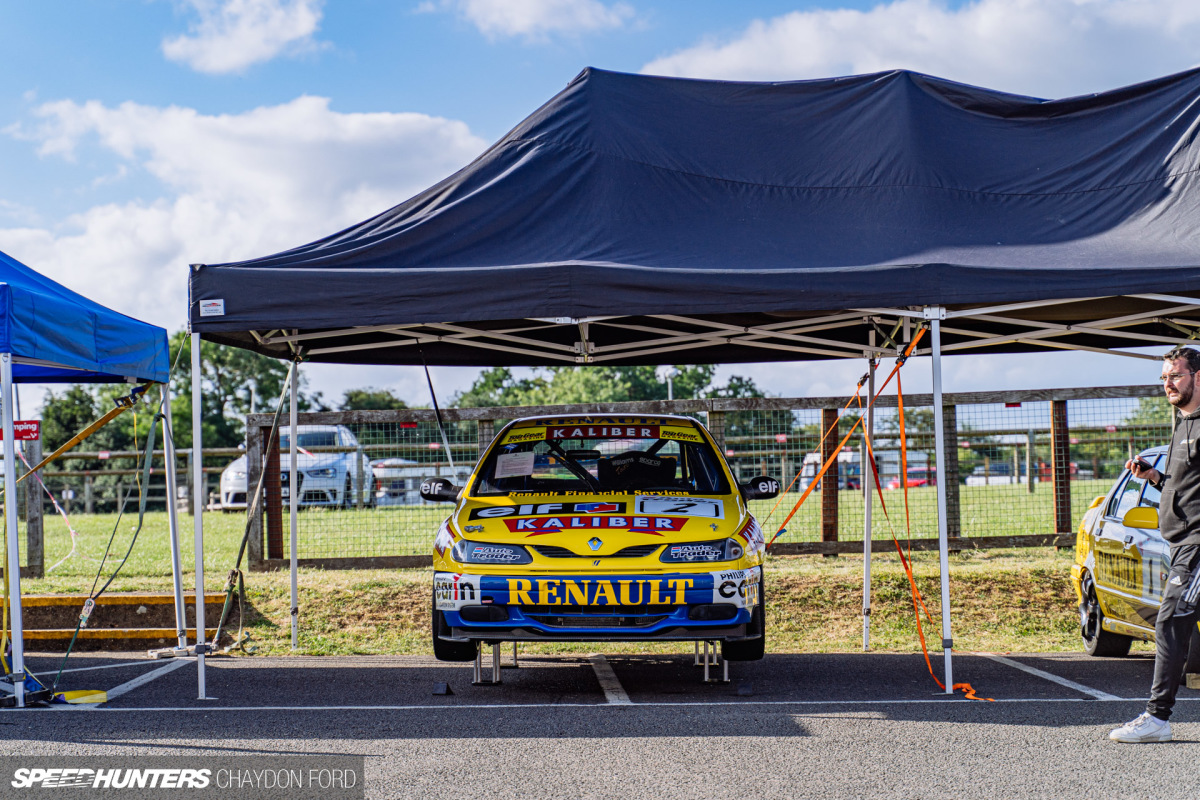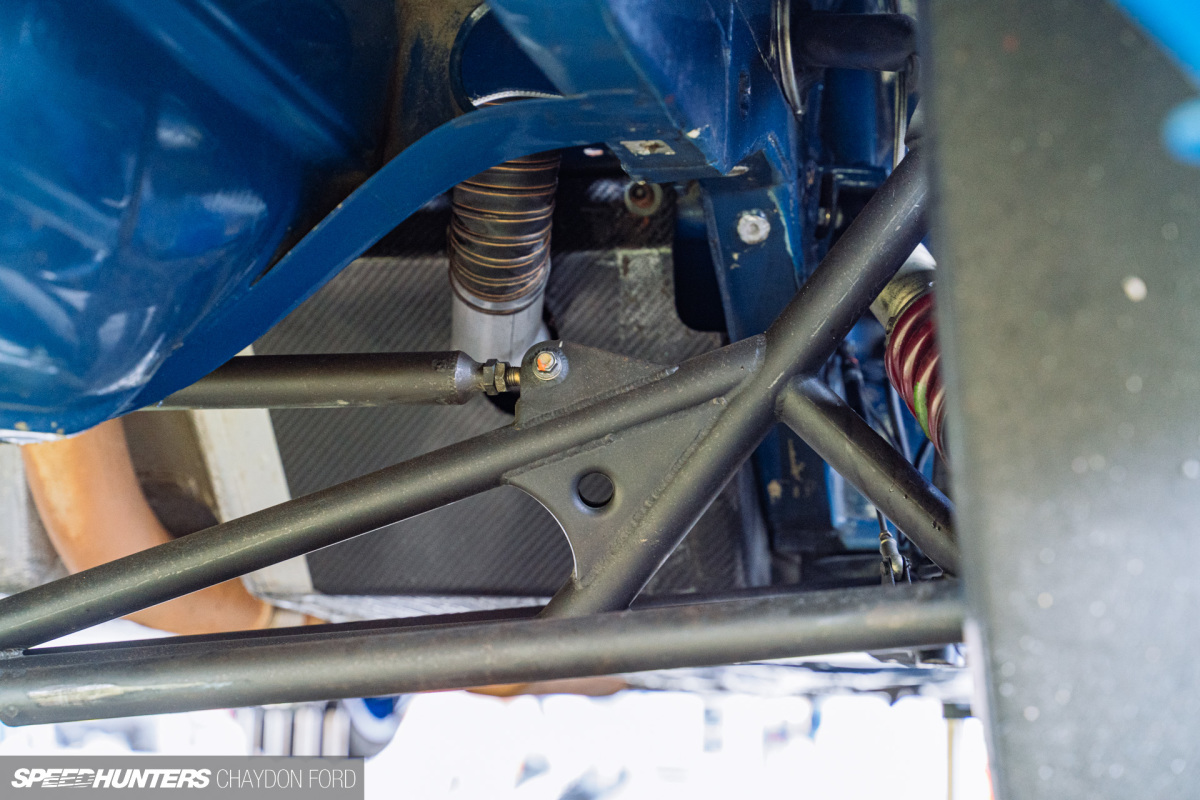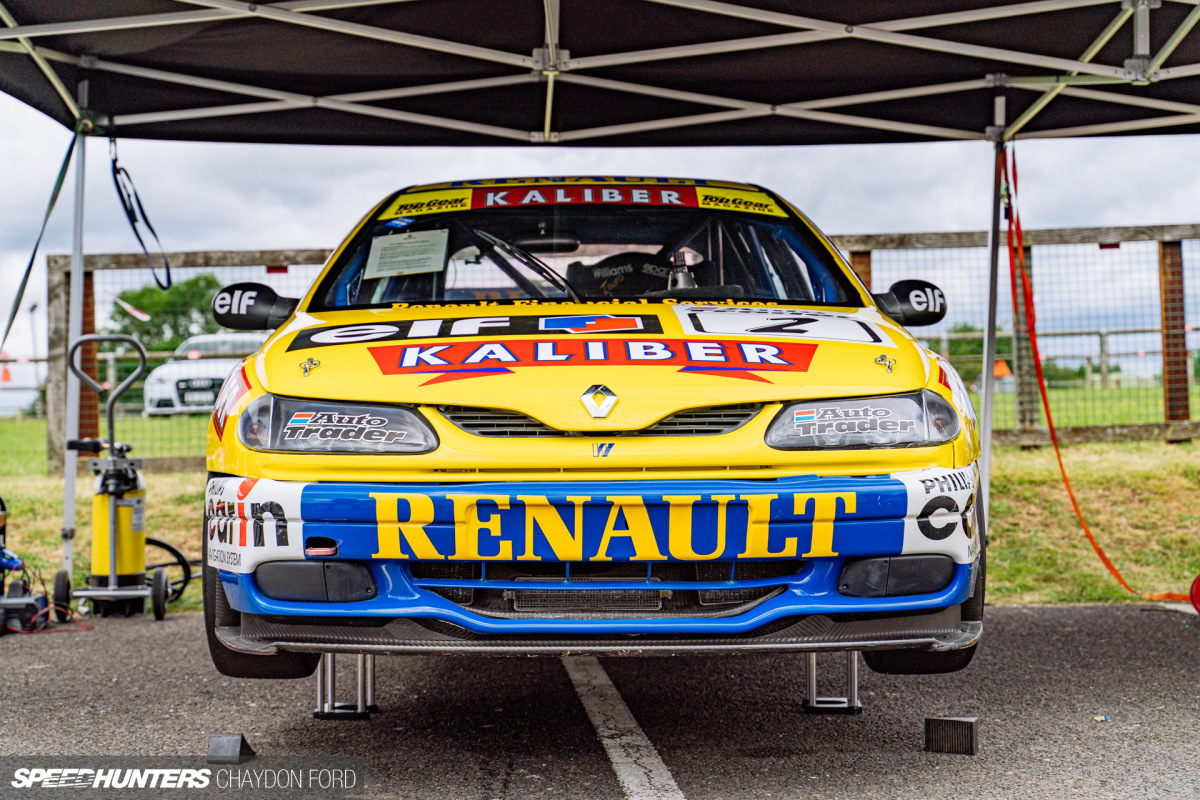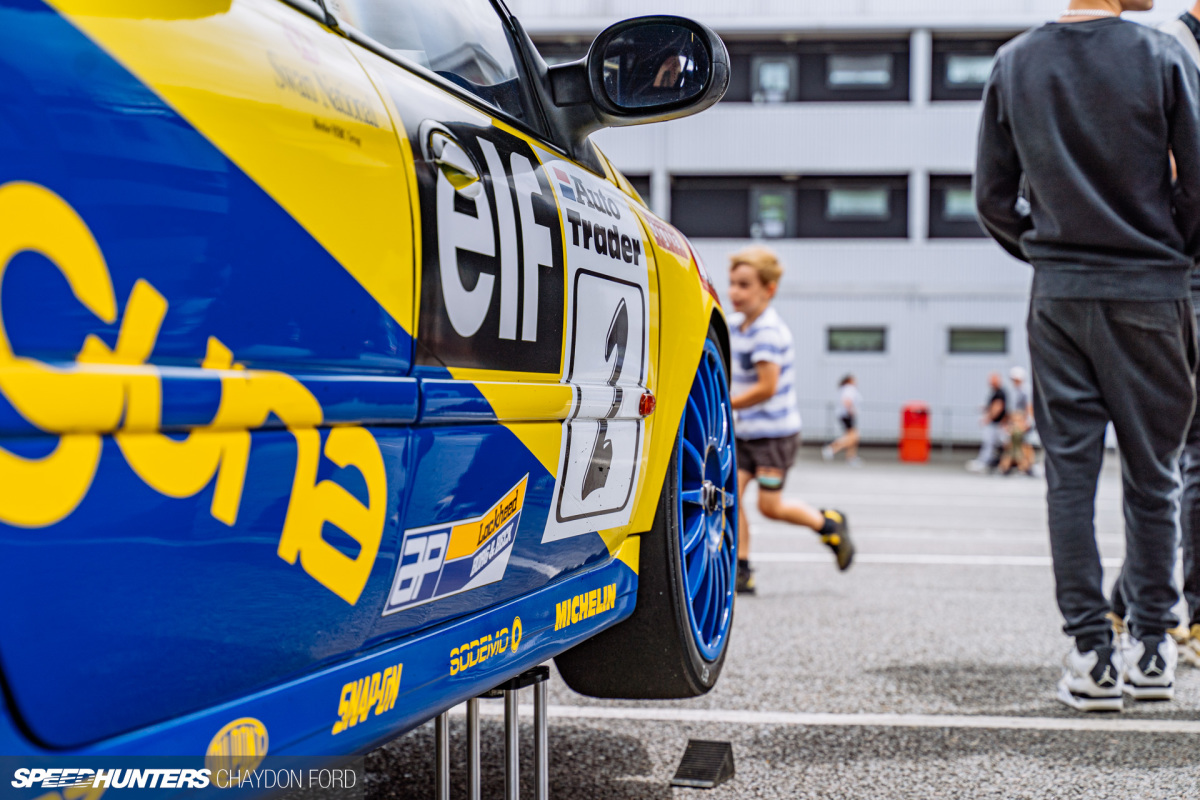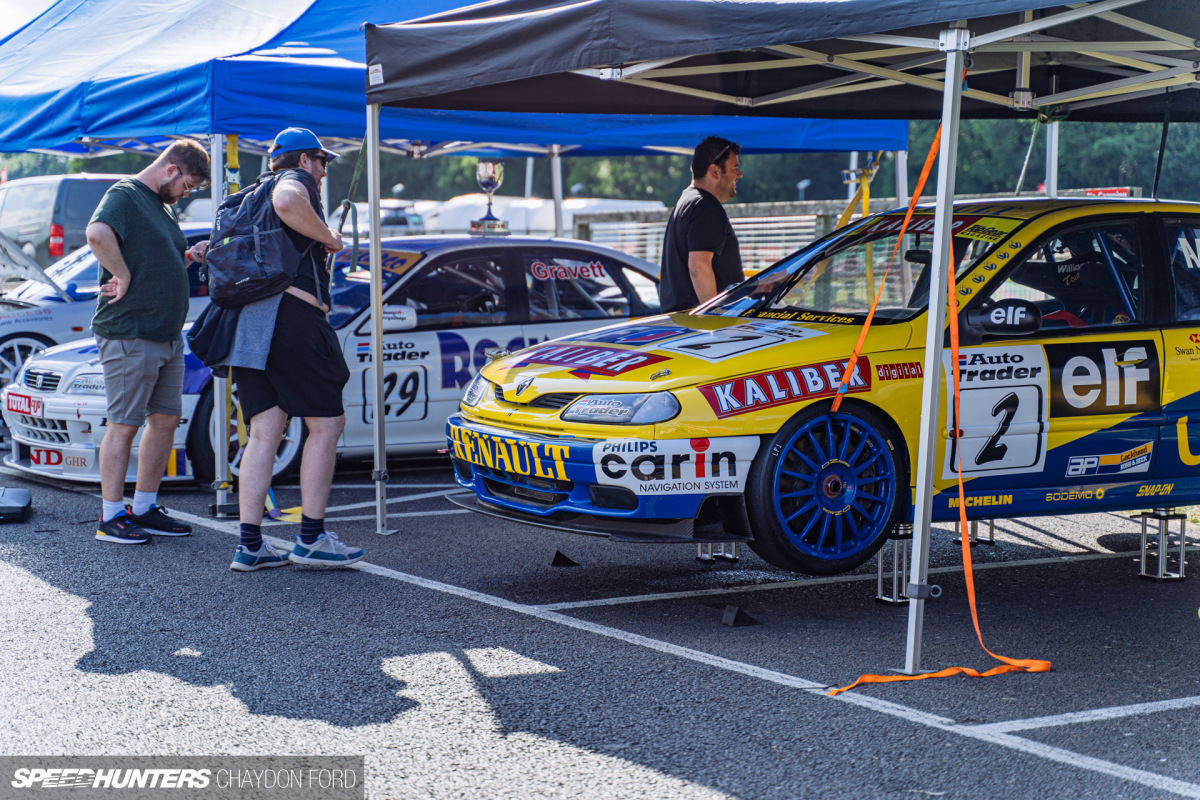Frank Williams once said: “Next to Formula One, the BTCC is the most important series in the world outside America.” He was right.
With over a million people tuning in on a Sunday to watch their favourite drivers battle it out in the British Touring Car Championship, few other live sporting programs came close.

To have Williams run Renault’s works team showed just how serious the French automaker was about winning. Williams had plenty of driver and constructor championships to their name in Formula 1 at this point, and the level of advancement they brought to touring car racing – at both a technical and commercial level – forced the rest of the BTCC field to play catch up. Prior to this, Renault had little success with the R19 and first year of the Laguna, so Williams’ involvement was desperately needed.
Having two ex-BTCC Willams-Renault Lagunas at the recent Brands Hatch Super Touring Power event provided an opportunity to not only check out the cars up close and take in all the details, but also see what it would have been like to watch them racing in period against their rivals.


While the regulations had some limitations, Williams took the rulebook and developed a car right at the limit. First appearing in 1994, the new Lagunas were quick out the box, but fragile. Still, Williams-Renault managed second overall in the championship.
Over the next few years, Renault were consistently in the top half of the field, with the Lagunas excelling on fast, flowing circuits. Success finally came knocking in 1997 when Williams-Renault was so dominant they won 14 of 24 races and had the championship all wrapped up with six rounds to go. Alain Menu was responsible for 12 of those victories, while the other two went to Jason Plato, who was just a rookie at the time.

A look underneath the car shows just how different the suspension is from original. The pick-up points and geometry have been radically altered to allow for scalpel-sharp handling.

With the car up on air jacks, you can see just how little suspension travel they have.

Given the tucked nature of the wheels, steering lock was also minimal. This meant that once the cars went past a fairly shallow point, the drivers were just along for the ride.

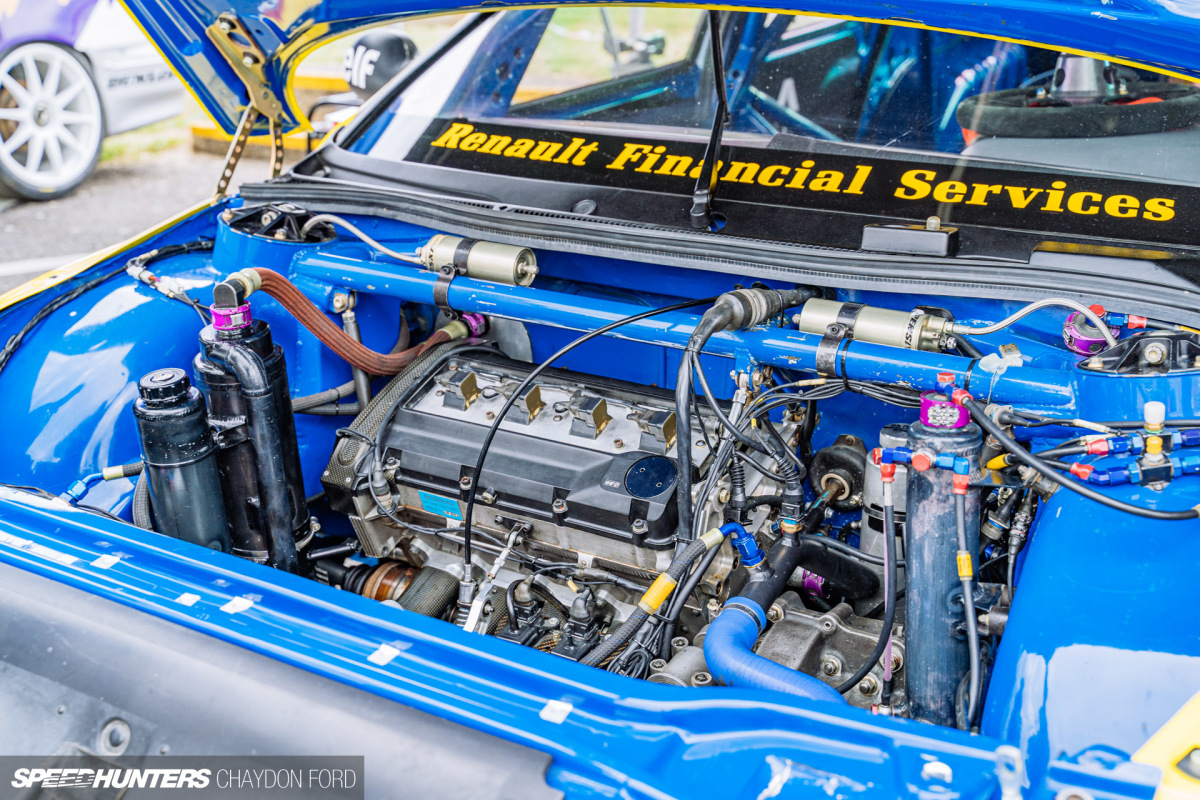
Sodemo Moteurs, a supplier of Renault race motors for various motorsport disciplines, had the dry-sump-equipped 1,998cc engines making making well in excess of 300hp. That power found its way to the 19-inch magnesium OZ Racing wheels through a Hewland sequential gearbox.

A main sponsor change to Nescafé resulted in a totally new colour scheme for Renault’s 1998 season. By this point the competition was far more fierce, resulting in what many people regard as the highpoint of the Super Tourer era. Unfortunately for Renault, success was harder to come by and they only ended up winning four rounds.

Come 1999, Renault only managed one round win, leading to a complete withdrawal at the end of the season. Nissan and Volvo did the same. The writing was on the wall, and it wasn’t long before the Super Tourer era was resigned to the history books. By 2001, the TOCA ruleset changed dramatically, bringing an abrupt end to what many now look back on as the golden era of touring car racing.
Chaydon Ford
Instagram: chaycore


